Amazon Advertising and Seller Updates for January 2025 (Key Highlights)
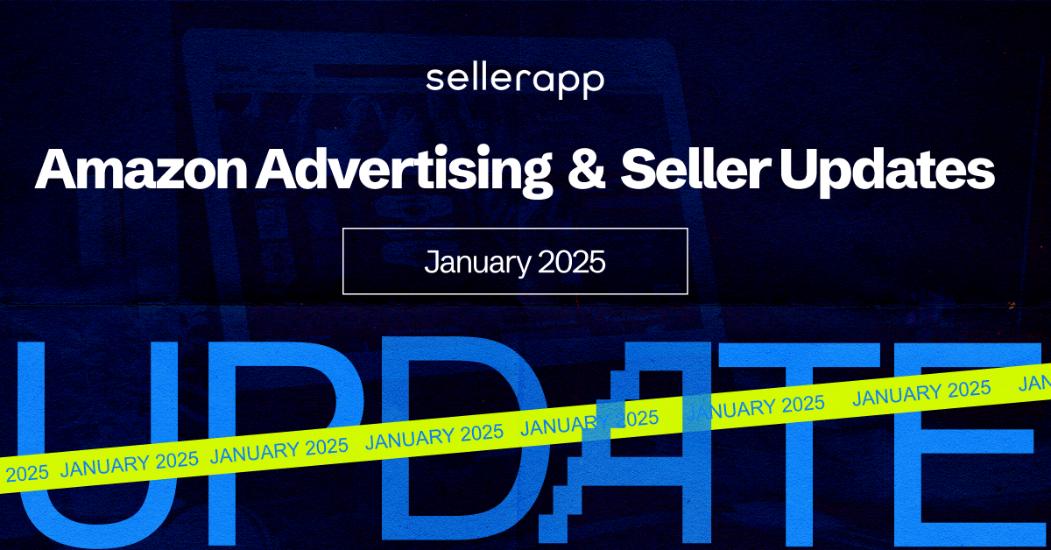
As we kick off 2025 in full force, the popular ecommerce giant is rolling out a series of crucial Amazon Advertising updates and Amazon Seller updates that every business owner needs to know.
Whether you’re refining your ad strategy or optimizing your seller operations, these changes offer new opportunities and, of course, challenges to navigate. Fortunately, keeping tabs on these updates can help you adapt and fine-tune your selling process and stay competitive on the marketplace.
Let’s break it all down and explore not only what’s changing, but also how you can leverage these updates to gain an edge. Here’s what’s changing—and why it matters:
Amazon Advertising Updates January 2025
Let’s begin by deep-diving into the latest 2025 January Amazon Advertising developments and why they matter for your campaign or seller strategies:
Amazon Advertising Update 1: Conversion Path Reporting (Beta) – See How Shoppers Actually Convert
Imagine being able to visualize every single one of your customer-ad touchpoints. Specifically, how you’re customers interact with your ad before making a purchase—without guesswork, assumptions, or delayed data.
That’s exactly what this Conversion Path Reporting delivers and it’s hands down a game changer. This upcoming feature within Sponsored Ads and Amazon DSP lets advertisers trace a customer’s 30-day journey to conversion, revealing the most common and effective ad paths.
Here’s what you’ll get:
- A completely transparent view of all ad interactions, across Amazon ad types such as Sponsored Products, Sponsored Brands, Sponsored Display, Sponsored TV, and Amazon DSP.
- You can track the top 5 conversion paths within the Ad Console, showcasing which ad formats work best together.
- Access real-time, always-on insights, meaning you don’t need to wait for reports or manually stitch together crucial data.
Why Is This Important?
Fundamentally, marketing isn’t just about casting a wide net—it’s about understanding what works at each specific stage of the funnel. This feature ensures that:
- Upper-funnel advertisers (think Streaming TV and brand awareness campaigns) can finally see how their investments impact the bottom line.
- Agencies and advertisers can prove the real value of their media mix, making it easier to optimize ad spend and justify budget allocation.
- Faster decision-making which essentially means that there’s no more waiting on post-campaign analysis; adjustments can be made in near real-time.
Who Can Use It & Where?
Available in the U.S. via the Advertising Console > Insights Card.
This feature is open to vendors, sellers, and managed advertisers.
Amazon Advertising Update 2: Events for Scheduled Bid Rules – Automate Peak Performance
If you’ve been selling on Amazon for a while now, you’ll know that not all days are created equal. For example, Prime Day, Black Friday, and holiday sales bring incredibly massive spikes in traffic, visibility, and sales. Unfortunately, until now, advertisers had to manually adjust bids before every major shopping event or use a third-party tool like SellerApp.
Now, with Event-Based Bid Rules, advertisers can schedule automatic bid increases for peak traffic periods. Amazingly, the system will recommend high-impact events that make in super easy to ensure that you’re always competitive when it matters the most.
Of course, realistically, this feature still has a ton of limitations when compared to SellerApp’s AI automation, optimization, and dayparting capabilities.
Why Is This Important?
- No more last-minute bid changes— you can easily schedule bid increases ahead of time to focus on strategy and not get tied down with execution.
- Never miss a high-traffic moment— Unfortunately, there’s no choice but to increase your bid increases, you risk losing out on sales when competition spikes.
- Save time and reduce human error—eliminating manual adjustments ensures accuracy.
Who Can Use It & Where?
This feature is available across North America, South America, Europe, the Middle East, Africa, and Asia-Pacific.
Moreover, this feature is open to sellers, vendors, agencies, managed services, and self-service advertisers.
How can you access it?
Accessible via the Advertising Console > Settings in the bid rules section.
Recurring Events are exclusive to Japan, while Individual Events are available worldwide.
Amazon Advertising Update 3: Sponsored Ads for Authors – Expanding to India, Mexico & Netherlands
Amazon’s powerful Sponsored Products and Sponsored Brands are finally available to authors in India, Mexico, and the Netherlands. This feature usability expansion can empower more writers by increasing their visibility and, of course, sales.
If you’re a writer from one of these countries and you’re selling you’re books on other marketplaces, you’ll be able to launch campaigns in these countries using the same ad account.
Why is this update important?
Authors have become brands rather than just writers. With Sponsored ads, they can now:
- Boost visibility – You can get in front of the right audience and drastically increase visibility.
- Drive direct sales – Lead your shoppers directly to your listing and convert them.
- Maximize your ad budget – Instead of experimenting with channels that wouldn’t have converted effectively, you can now limit any waste in ad spend by ensuring your dollars are spent influencing an engaged audience.
Who Can Use It & Where?
As mentioned above, this feature is available to those in India, Mexico, and the Netherlands.
Authors and advertisers can access this feature via the Advertising Console or Amazon Ads API.
Amazon Advertising Updates 4: Maximize Campaign Performance with Amazon Owned & Operated Inventory
Starting January 15, 2025, advertisers booking new display and online video (OLV) campaigns in Amazon DSP self-serve will gain automatic access to Amazon’s first-party supply.
This first-party supply includes premium placements across Amazon.com, Grocery Online, Fire TV, Fire Tablet, Alexa, IMDb, and Twitch.
Additionally, Amazon’s owned & operated inventory will now be included by default in display and video campaigns. Of course, advertisers will still be able to control placements but also gain the benefit of Amazon’s AI-driven optimization strategies. Ultimately, this can simplify campaign management while expanding reach across Amazon’s high-engagement channels.
Why Is This Important?
Eliminates guesswork— Since the ecommerce giant automatically includes premium inventory, you can expect better reach.
Simplifies workflow— Fundamentally, it’s painstaking to manually select placements. With this feature, you can save an immense amount of time and effort.
Maximizes impact— You can expect to reach audiences across multiple Amazon touchpoints throughout the day, maximizing ad performance and ensuring that you’re budget is utilized properly.
AI-driven optimizations — These campaigns will be fine-tuned in real-time to deliver better results.
Who Can Use It & Where?
- Available in North America, South America, Europe, the Middle East, and Asia-Pacific.
- Open to self-service advertisers selling on Amazon.com through Amazon DSP.
- Accessible via Amazon DSP.
Amazon Seller Updates
Of course, Amazon hasn’t forgotten about sellers in 2025. There are plenty of brilliant Amazon seller updates that affect inventory management, promotions, compliance, and overall operations. Here’s what you need to know:
Amazon Seller Update 1: Tips to Optimize Promotions Post-Holiday Sales
Although the holiday shopping frenzy is over, it doesn’t mean that your sales momentum has to slow down. It’s a myth that Q1 always is slow. When you take advantage of the right data and the features you can scale quickly.
Moreover, Amazon has recently provided a bunch of tips to help you capitalize on the post-holiday sales.
For example, Brand Tailored Promotions now allow sellers to create targeted promotional codes ranging from 10% to 50% discounts for specific customer segments, helping you drive strategic growth beyond the peak season.
Amazon’s Tips to Leverage Tailored Promotions Effectively:
1) Target the In-Market Audience—shoppers who viewed but didn’t purchase similar products in the last 7 days.
2) Engage customers through Complementary Products Remarketing, offering deals on related items they purchased within the past 30 days.
3) Use cart remarketing to reconnect with customers who browsed your brand but didn’t buy.
4) Entice recent customers with limited-time promotions to sustain revenue growth.
By implementing these tips, you can nurture long-term customer relationships. Post-holiday is when shoppers still have gift cards to spend and are looking for deals on items they missed during the season. Use this moment strategically!
Amazon Seller Update 2: Improved Compliance Issue Reports for Product Images
Image compliance has always been a pretty frustrating problem for sellers. Fortunately, Amazon is doing something about it. Specifically, the ecommerce giant has upgraded image compliance notifications, providing sellers with clearer details on any violations and how to fix them.
Now, you’ll receive alerts on previously unannounced image issues, along with specific guidelines for resolution.
Why is this important?
- Faster issue identification = quicker resolution.
- No more guessing why an image was rejected.
- Avoid suppressed listings due to unclear compliance issues.
It’s important to note that listings with high-quality images see a 2x increase in conversions. Take advantage of this update to ensure your product visuals meet Amazon’s standards and keep your sales flowing.
To check compliance issues head to Seller Central > Catalog > Upload Images > Submission Status
Amazon Seller Update 3: Boost Sales of More Sustainable Products with Climate Pledge-Friendly
Sustainability isn’t just a buzzword—it’s currently a business advantage. If your products meet Amazon’s Climate Pledge Friendly certification, you could see a 12% sales lift within the first year of qualifying. With customers increasingly prioritizing eco-friendly choices, getting certified could give you a major competitive edge.
Why Should You Enroll?
- Climate Pledge Friendly products receive special badging and are easier for eco-conscious shoppers to find, improving discoverability
- In 2023 alone, 37.6 million customers switched to Climate Pledge Friendly products—a 42% YoY increase.
- More than 50+ reputable organizations, like Fairtrade and Rainforest Alliance, back these certifications, adding credibility to your brand.
If you sell sustainable products, now’s the time to enroll. To learn more and apply, visit the Climate Pledge Friendly program page.
Amazon Seller Update 4: Streamline Your Payment Experience with Amazon Seller Wallet
Managing multiple bank accounts and payment platforms can be a headache. Enter Amazon Seller Wallet, a centralized solution designed to simplify your payment operations and enhance business efficiency.
What You Can Do:
- Immediate Access to Disbursements — No more waiting for funds—hold and manage disbursements directly in Seller Central.
- Seamless Currency Conversion — Convert USD into 20+ currencies without needing third-party services.
- Pay Suppliers with Ease — Send payments to business partners straight from your Seller Wallet.
Ultimately, if you’re looking to take control of your payments in 2025, Amazon Seller Wallet can be an efficient way forward.
Amazon Seller Update 5: Inventory Defect and Reimbursement Portal Now Available
Inventory management just got a whole lot easier. Amazon has launched the Inventory Defect and Reimbursement (IDR) Portal, giving sellers complete transparency into their FBA inventory defects and reimbursements.
Why is this update important?
- It provides full visibility in areas that were earlier vague. Now, you can easily track warehouse losses, damages, and customer returns—all in one place.
- Easily understand defect trends and reimbursement opportunities.
- Save time by managing everything from a single dashboard and ensure your operations are efficient.
To access the portal, go to Seller Central > Inventory > Inventory Defect and Reimbursement.
Amazon Seller Update 6: 360-Degree Image Experience to Be Discontinued
On January 20, 2025, Amazon officially discontinued the 360-degree product images on detail pages. Which initially took us by surprise. However, this will essentially pave the way to 3D models, which offer an even better experience for shoppers.
What’s Next?
- 3D viewing is the future and you need to be ready. A richer, interactive shopping experience similar to 360-degree viewing is going to become the norm this year.
- Additionally, advanced features will now allow customers to visualize products in real-world settings. For example, viewing in your room and virtual try-on:
To stay on top of the current practices, visit Upload 3D Models in Seller Central and explore Amazon’s 3D Shopping Experience.
Amazon Seller Update 7: New Product Title Rules Effective January 21, 2025
Amazon is cracking down on poorly written product titles. Specifically, long, cluttered product titles are on their way out. Amazon is rolling out new product title guidelines to improve searchability and boost customer confidence.
What’s Changing?
- 200-Character Limit – Keep it concise.
- No Excess Special Characters – Avoid !, $, ?, _, {, }, ^, ¬, and ¦ (unless in brand names).
- No Repetitive Words – The same word cannot appear more than twice (except for prepositions, articles, and conjunctions).
What Happens If You Don’t Update?
Starting January 21, 2025, Amazon will flag non-compliant titles. Brand owners will receive override suggestions with 14 days to act, after which Amazon will auto-update the titles.
To stay ahead, review your listings now in “Manage All Inventory”.
Amazon Seller Update 8: Packaging Requirements for Sharp Products Have Changed
Amazon is implementing stricter packaging requirements for sharp products starting April 14, 2025. To enhance safety, Amazon will no longer offer prep services for sharp items, and all sellers must own the end-to-end packaging process.
Here’s what you need to know:
- Use cut- and puncture-resistant packaging (hardened plastic or blister packs).
- Ensure sharp edges are fully enclosed.
- Meet the new standards before April 14 to avoid inventory disposal at your expense.
Non-compliant sharp products arriving after the deadline will be disposed of immediately without any reimbursement.
If you want to learn more about Amazon Sharp Packaging Guidelines, you can check it out here.
Final Thoughts
Amazon’s latest updates offer both opportunities and challenges. While advertising tools provide better targeting and automation, seller policies have begun to demand stricter compliance and proactive adaptation.
Ultimately, 2025 is shaping up to be a year of optimization, automation, and smarter selling. By staying agile and adapting early, you can turn these updates into a competitive advantage.





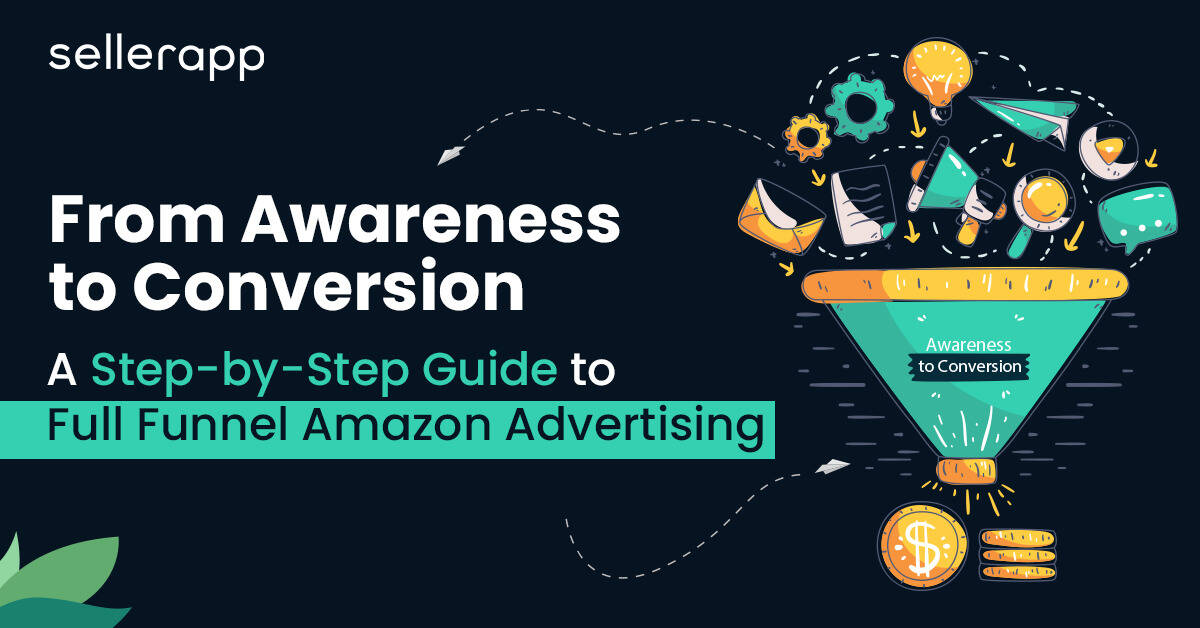

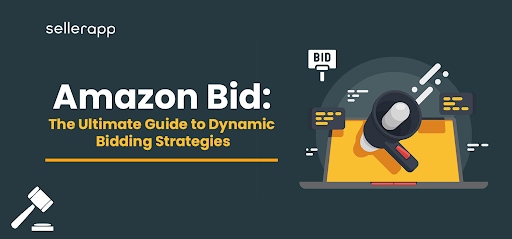
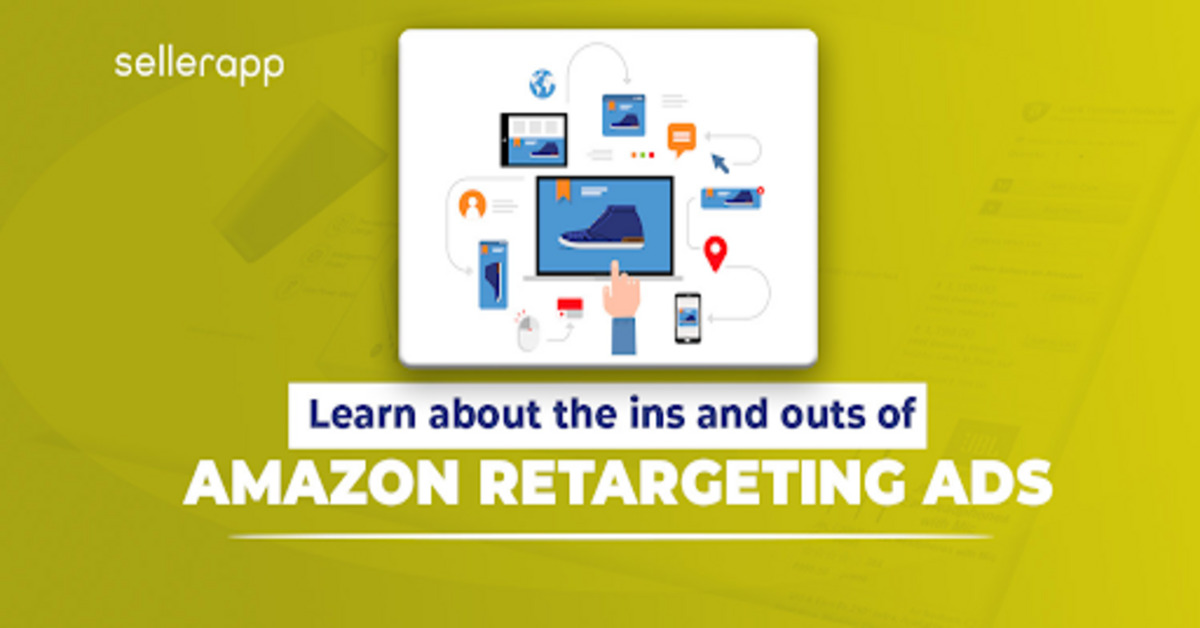
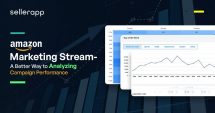

Shelby Dek
February 10, 2025The new product title guidelines might be strict, but they’re definitely going to improve searchability and customer trust on listings.
Clare Thomas
March 27, 2025Absolutely! These guidelines will help ensure that listings are more relevant and trustworthy for customers.
Zayn Sheik
February 21, 2025Seeing sustainability being prioritized with the Climate Pledge Friendly certification is inspiring. It’s great when eco-conscious initiatives also boost sales.
Clare Thomas
March 27, 2025Totally agree! Sustainability and increased sales make a powerful combination.
Billie
February 21, 2025This article was exactly what I needed today! I’ve been on the lookout for regular update pieces like these, and I’m really excited to see one every month. Thanks!
Clare Thomas
March 27, 2025Happy to hear this was helpful! We’ll definitely keep the updates coming.
Oscar
February 26, 2025The new Conversion Path Reporting is a real game changer—finally, I can see every step of my customer’s journey without all the guesswork
Clare Thomas
March 27, 2025Totally agree, it makes tracking so much easier!